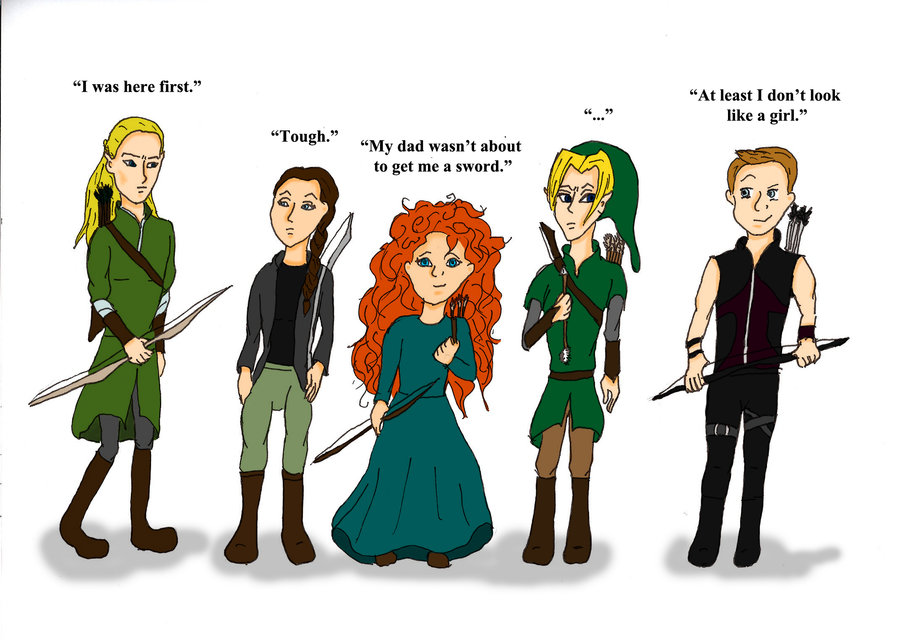
I’ve just finished Dies The Fire, a dystopian thriller set in the Willamette Valley of Oregon. In it **mini-spoiler alert** something causes all electricity to stop working at the same moment. Lots of reactionary, ‘worst-of-humanity’ debacles follow this event called the Change, but the book got me thinking about realistic detail.
Not a few of the Goodreads reviews criticized the book for its unlikely cast and heroes. I can see some moralizing, some exposition, and some God-playing, for sure, but it doesn’t bother me too much because the premise is fascinating, and the band of unlikely renegades band together in a rather Firefly-like way to beat back the tide of evil, which I do appreciate in today’s times.
What details does the author include in his end-of-times action-packed plot?
- Wicca and pagan religious practices
- Gaelic speech and sayings (S’math sin!)
- Pacific Northwest landscape
- Survival needs
- Engineering & Construction
- Archery, Weaponry, & Warfare
I’ll be honest. I allowed my eyes to glaze over when the engineer-wizards starting talking about how to weld this and that together or cobble a horse wagon out of a flatbed. Blehhhhhh.
But most of the other stuff was completely fascinating, and intensely unknown to me.
Does the unknown intrigue you?
For a writer intrigued by the unknown, it can be a fun but uphill battle to wade through the details of a certain specialty in order to be able to write knowledgeably and convincingly about it for a paragraph. Some of the things I’ve had to research are:
- Types & classes of carriages used in 18th ad 19th century Britain
- Collapse of the kelp industry in western Scotland
- Breakdown of shillings & pence in Victorian Britain (Errrrg)
- History of the herring industry around the British Isles
- History of canal & railway building in the UK & Canada
- Various Secession movements in Church of Scotland (OMG)
- How mail was delivered in the 1820s and 1880s
- Which holidays were celebrated, how, and where
- How a loom works for a home weaver (h/t to Steven at Alpaca By Design in Sisters, OR for the mini-tutorial!)
- How to harvest barley and oats by hand
- Makeup of virgin forest in Nova Scotia
- How blackhouses were laid out and furnished
Some of these topics were more enjoyable to read about than others (see editorial comments above-ha!), but you can’t cut corners on things and expect people to continue to believe you once you’ve demonstrated laziness or inaccuracies.
It’s a lesson that is well-learnt the first time. We all learn as we go!
What discrepancies have you stumbled on while reading that took you out of the book?
Images via BackstrapWeaving, DeviantArt, and Google/Public Domain



